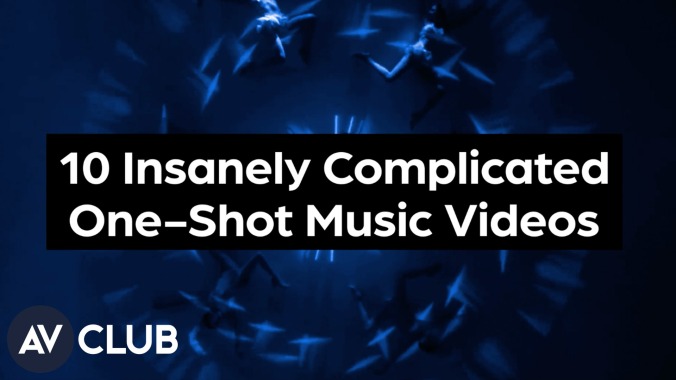“Car washes” and Lego models: 10 insanely complicated one-shot music videos
Music videos have been in a state of recession for years now, as downturns in the music industry and the rise of low-cost, high-concept viral videos have supplanted the big-budget event video. But the one-shot music video has endured even as the music video has mostly outgrown its auteur phase. Because elaborate one-shots are so difficult to pull off, ambitious artists and intrepid directors are drawn to them for the visual spectacle as much as the bragging rights. Director Michel Gondry single-handedly raised the one-shot to new heights, but his ingenuity has been matched by a few artists and directors brave enough to try the most difficult trick in music video, if not all of cinema.
Watch snippets of the videos above and click through to see all 10.
